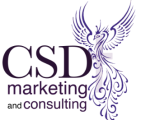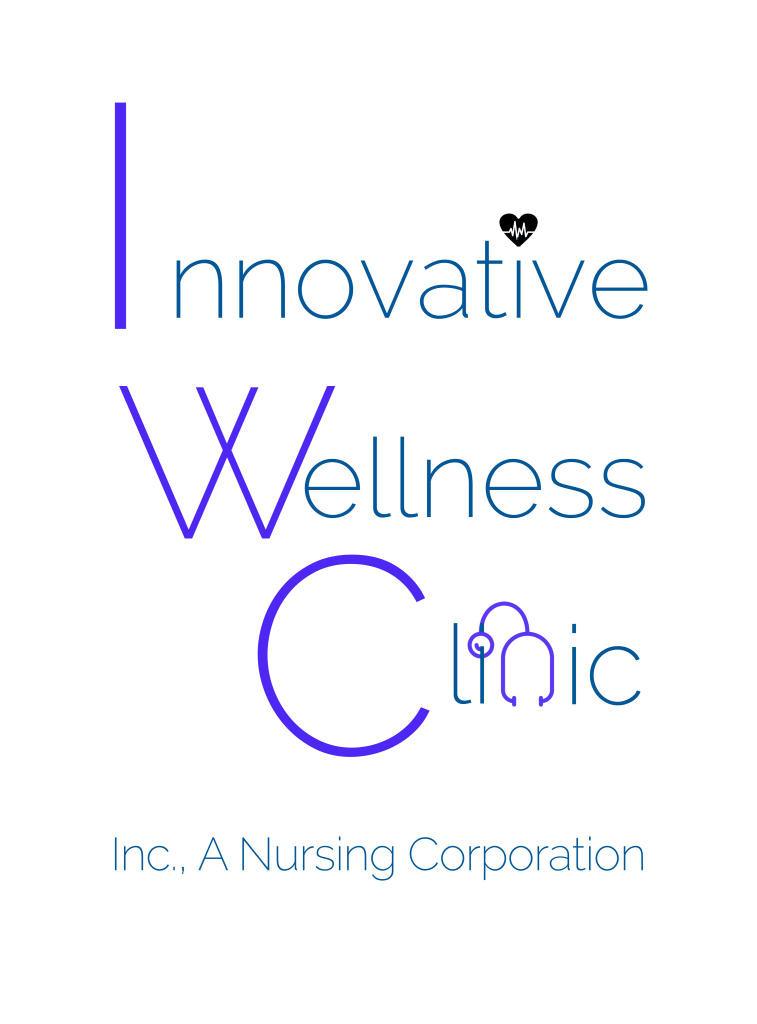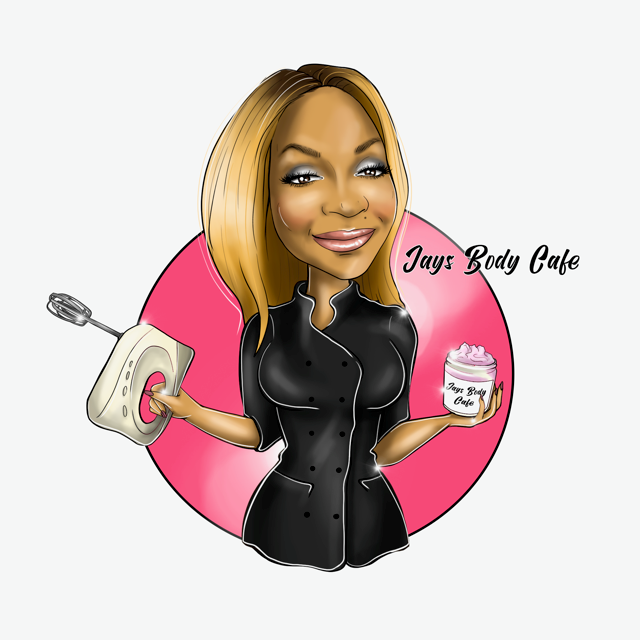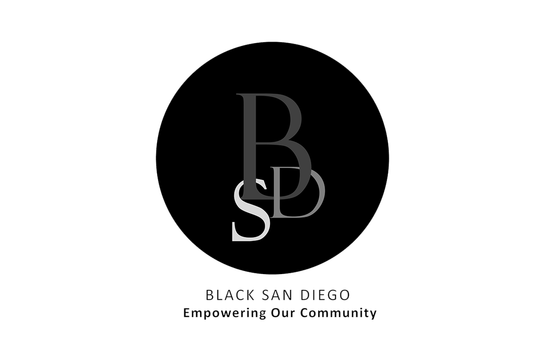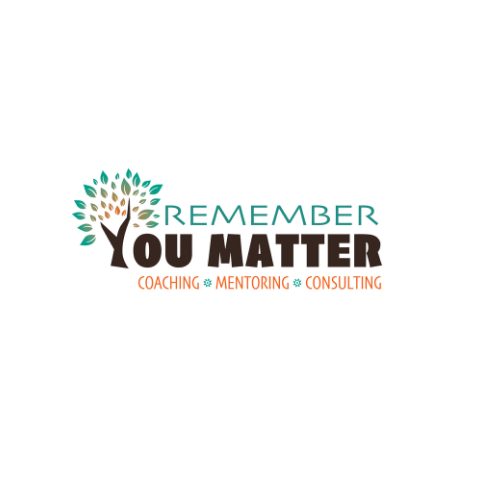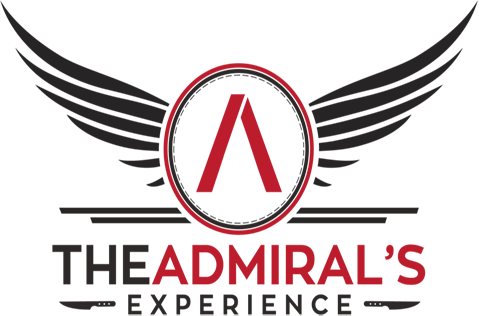
5 Things to Remember When You Write A Blog
By Courtney S. Dade, CEO and Chief Strategist, CSD Marketing and Consulting, LLC
What is marketing and branding other than a way to get your story out there? You want your story to get in the hands of the right people. And you want the story to be told in a compelling way. Perhaps you want to inspire personal change or convince your audience about a certain idea or position. Or maybe the bottom line for you is to build trust or relationship with your audience, so they have faith in you or a product you might be selling.
Whatever the case, marketing and branding finds its roots in storytelling. Sometimes a picture or graphic tells the story. Sometimes your very own words on video tell the story. And sometimes your words in print, or more often, online tell the story. That made me think about the act and art of blogging.
To Blog or Not to Blog
I ran into an article—a blog, actually—on the website BloggingWizard, which provides information and resources for current and wannabe bloggers. This article, though, made me think about the first step in blogging. You need to decide if blogging is the right path for you.
There are many reasons to blog. Blogging can be a very powerful vehicle to inspire, compel, convince, promote, and sell. It can, eventually, lead to income. But on the other hand, it requires time and commitment. Consistency is key if you’re trying to engage and build an audience. But valuable content is important as well. You need a story or, preferably, a series of stories to tell.
Let’s say you go through the pros and cons and decide that blogging is a good fit for your marketing, branding or communications strategy. And you are committed and willing to block time on a consistent basis to write your story. How do you do it? What are the mechanics of writing a blog. Here are some suggestions:
Write for Your Desired Audience
What does your audience want to know? And how do they like to receive their information? Chances are the answers to these questions aren’t simple. You may have an audience that is interested in one topic, but they don’t process information in a single way. Some people love to read a novel, some an article, and some an outline. Attention spans, time on hand, and efficiency can dictate how people take in information.
Here’s a strategy I try to use to meet the needs of a variety of learning styles:
- use subtitles and lists to break up the information (an outline),
- followed by short descriptive paragraphs (keeping it brief),
- with links to additional information (for one who has time and interest in the long story).
That way, you can create a single blog to meet a variety of content needs for your desired audience.
“Pictures beat text…, in part because reading is so inefficient for us.” John Medina, author, Brain Rules
Illustrate Your Point with Stories, Photos, or Graphics
Visual learners appreciate a photo or graphic that can summarize or illustrate the points you’re making. Sometimes photos are just appealing because it makes the article look less “dry”. I know we try not to judge a book by its cover, but, in his book Brain Rules, author John Medina says visuals trump text every time:
We are incredible at remembering pictures. Hear a piece of information, and three days later you’ll remember 10% of it. Add a picture and you’ll remember 65%… Our brain sees words as lots of tiny pictures, and we have to identify certain features in the letters to be able to read them. (http://brainrules.net/vision/)
For a small fee, you can purchase photos and graphics from services like Shutterstock, iStock, Storyblocks and Canva. Or you can, with a decent smartphone, create your own high-resolution photos that illustrate your blog content.
Highlight Quotes or Phrases that Summarize Your Content
For someone who wants to quickly scan your blog in search of golden nuggets, highlighting phrases from your own content can point them in the right direction. Just as using subtitles to outline your content, quoting yourself and placing it in a block beside the content can also quickly direct your reader to sections that interest them.
However, quoting other bloggers, authors, influencers, or famous people adds value to your content as well. If you find quotes that support your ideas, you add authority to your content. It’s not just you who’s saying it, but other experts or influential people as well. That adds weight to your argument or recommendation.
Close With a Call to Action
At the end of the day, you want someone to act based on your blog. That action could be to think differently, purchase something, enter a comment, or contact you. Whatever it is, be explicit about your call to action and make sure it aligns with your business objectives. How will your audience’s response to the blog ultimately contribute to the achievement of your goals? At the end of the day, blogging is part of a larger strategy. You must always keep the end goal in mind.
Final Thoughts and Tips
First takeaway: blogging is a choice. It may not be for everyone. If you want to read the article that inspired me to write this blog, take a look at “9 Reasons to Start a Blog (and 7 Reasons Why You Shouldn’t)” by Stacey Corrin.
Second takeaway: writing even just a single blog requires thought and planning. My team and I have pulled together a Blog Template. It includes prompts and suggestions, to simplify the process. You have the ideas. We have a suggested plan of attack for you. Click here to download.
Third takeaway: blogging is part of an overall marketing and branding strategy. Do you have a strategy? Do you know how your blogging efforts contribute to your overall goals? Have you set overall goals? If not, or if your strategy needs a refresh, CSD Marketing and Consulting can help. It’s what we do, and helping small businesses and entrepreneurs meet their goals is what we love to do. Let’s connect.
